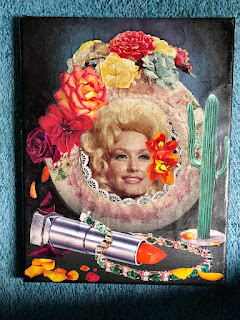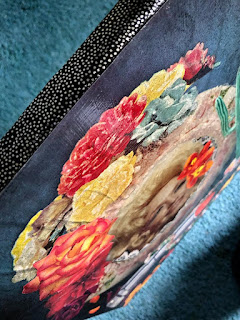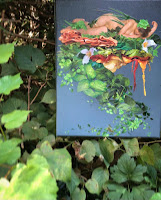- TAKING A STAB AT "THE SHINING" DURING QUARANTINE -
Leave it to “The Shining” to find a way of burying uneasiness in the recesses of one’s brain. After making it a pandemic project to read the 660-page novel —and its cheesy, dumbed-down, opportunistic sequel “Doctor Sleep” for good measure— I revisited Stanley Kubrick’s jarring, haunting, hypnotic, darkly funny movie adaptation, an undisputed horror classic, this past weekend. But here’s the thing: I randomly chose May 23rd to screen it after having the DVD set aside for days. That date is significant for being not only the birthday of a perfectly-cast Scatman Crothers, who memorably fulfilled the role of kindly telepathic cook Dick Hallorann, but it also is —and I kid you not— the 41st anniversary of the film’s U.S. theatrical premiere.
In order to dispel some of the creepiness of this realization, I’m sharing my thoughts comparing the two —that indeed both versions are impressive masterpieces of their respective genres, but different and distinct in ways that ultimately gives Kubrick’s the edge for its many more indications of artful, studied genius and shocking “aha” realizations and reveals. Perhaps it’s because I’m more of a visual person, but the sweeping elegance and strict, clean efficiency of its tightly-framed landscape —aligned in eerie symmetry and *literal* splashes of red— is ultimately so much more effecting. What’s more, the film goes further than the book to hit home unmistakable themes of misogyny, male vanity/self-importance/entitlement, and of course Jack Torrance’s maddening aspirations towards being an author of importance —the quintessential “tortured artist”.
I find it especially frustrating to witness the continued hand-wringing over the “enigmatic” nature of Kubrick’s take when so many of its seemingly-random and so-called inscrutable moments are lifted straight from Stephen King’s own pages. What’s more, these scattered clues help contribute to its crazy, confounding, remarkable weirdness by lending to the work’s fantastical nightmare vision. Its fascinating, vicious 2 1/2 hours easily laid ground for the modern Japanese horror genre and perhaps even inspired —or at the very least helped flame— the oeuvre of David Lynch, as there likely could never have been a Black Lodge without an Overlook Hotel. Of course, this is merely my own suspicions and not something I’ve otherwise investigated.
In the end, I recommend reading the source material before moaning of a bungled and unfaithful movie adaptation. Oh, and also never stay on a property reportedly built atop an ancient Indian burial site.
(Just saying.)



































